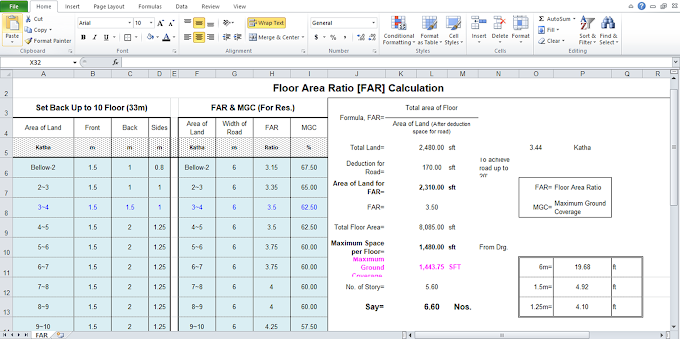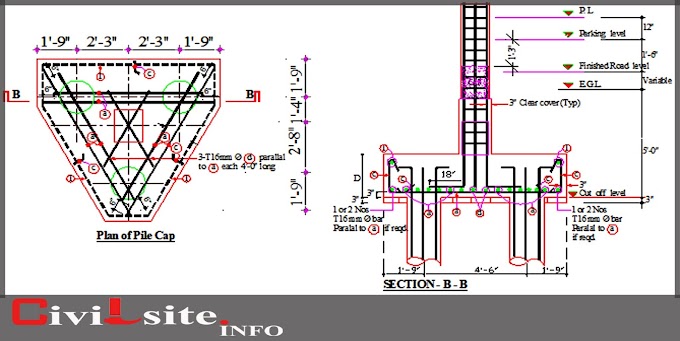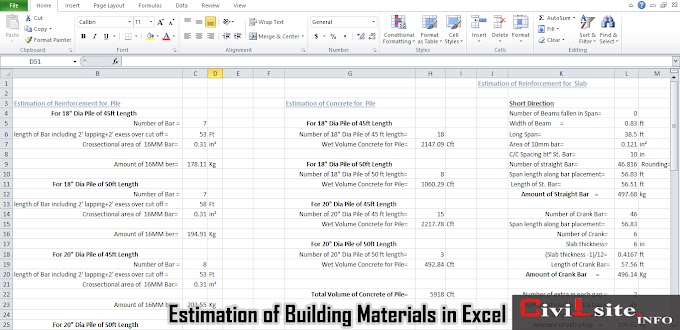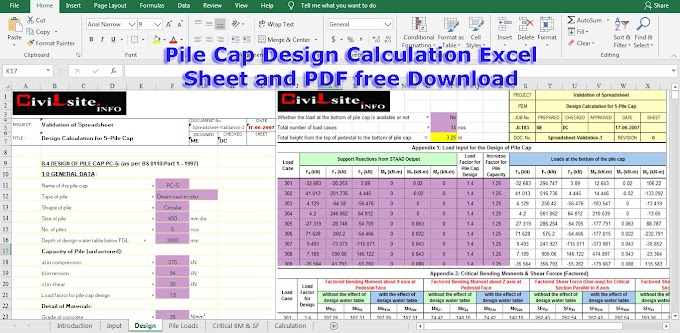Safety is a paramount concern when it comes to multi-family housing, where numerous individuals call a single building home. In this article, we delve into the significance of egress rules and safety protocols in multi-family units, with a particular focus on the NSPIRE program, designed to ensure compliance and maintain a secure living environment.
The Vital Role of Egress Rules and Protocols
Egress rules and protocols refer to the set of guidelines
and procedures that ensure the safe evacuation of residents during emergencies
such as fires, natural disasters, or other unexpected crises. These regulations
hold tremendous importance for various reasons:
- Fire
Safety: Fires can ignite suddenly, and a well-executed evacuation plan
can save lives and reduce property damage.
- Emergency
Preparedness: Residents must be prepared for a range of emergency
situations, from fires to severe weather events.
- Accessibility:
Egress rules also emphasize accessibility for individuals with
disabilities, ensuring equitable evacuation options for all.
- Accountability:
These protocols establish accountability and clear roles during an
evacuation, minimizing confusion and chaos.
The NSPIRE Program: Elevating Safety Standards
The National Standards for the Physical Inspection of Real
Estate (NSPIRE) program, administered by the Department of Housing and Urban
Development (HUD), sets forth a comprehensive framework for inspecting and
improving the safety and quality of housing in multi-family units. Within this
program, egress rules and safety protocols play a pivotal role in enhancing the
living conditions for residents.
The NSPIRE program provides a structured approach to
ensuring safety and compliance in multi-family units, and it involves several
key components:
- Inspections:
Regular inspections of egress routes, emergency exits, stairwells, fire
escapes, and other safety features are conducted to identify any issues or
hazards.
- Standards:
NSPIRE sets clear standards for fire safety, emergency preparedness, and
accessibility, ensuring that properties meet or exceed these guidelines.
- Documentation:
Property owners are required to maintain documentation of compliance with
NSPIRE standards, providing transparency and accountability.
- Tenant
Education: The program promotes education and training for both
property staff and residents, ensuring that everyone knows how to respond
in case of an emergency.
Responsibilities of Property Owners under NSPIRE:
Under the NSPIRE program, property owners have several
important responsibilities:
- Compliance
with Standards: Property owners must ensure their properties comply
with the NSPIRE standards, addressing any issues that are identified
during inspections.
- Documentation:
Accurate and up-to-date documentation of compliance is essential, including
records of inspections and any necessary repairs or improvements.
- Tenant
Safety: Property owners must prioritize the safety and well-being of
their tenants by maintaining egress routes and ensuring the functionality
of safety equipment.
Tenant Involvement and Accountability
Tenants in multi-family units also have a crucial role to
play in ensuring safety and compliance under NSPIRE:
- Awareness:
Tenants should familiarize themselves with the property's emergency
evacuation plan, as well as the locations of emergency exits and safety
equipment.
- Reporting
Issues: If tenants observe any obstructions in hallways, stairwells,
or exits, it is their responsibility to promptly report these issues to
property management.
- Participation:
Tenants are encouraged to participate in fire drills and other safety
exercises, so they are well-prepared in case of an emergency.
Safety Protocols in Multi-Family Units are of paramount
importance for the well-being and security of residents. These protocols,
encompassing egress rules, fire safety, emergency preparedness, and
accessibility, create a structured framework to address various potential
emergencies and minimize risks. Here are the key takeaways:
- Emergency
Preparedness: Safety protocols play a critical role in preparing
residents and property staff to respond effectively in the event of
emergencies, such as fires, natural disasters, or other unexpected crises.
- Accessibility:
Inclusivity is a fundamental aspect of safety protocols, ensuring that
individuals with disabilities have equal access to evacuation routes and
safety measures.
- Accountability
and Education: These protocols establish clear roles and
responsibilities during emergencies, reducing confusion and enhancing
safety. Regular education and training for both staff and residents are
essential components.
- Compliance
and Regulation: Property owners and managers must adhere to local and
national regulations and standards, with programs like NSPIRE providing a
structured framework to ensure compliance and accountability.
- Tenant
Involvement: Tenants also have a role to play by familiarizing
themselves with the property's emergency procedures, reporting any safety
issues promptly, and participating in safety drills.
Safety protocols not only save lives but also contribute to
a sense of security and peace within multi-family housing communities. By
diligently following these protocols, property owners, managers, and tenants
can work together to create a safer and more compliant living environment for
all residents, ensuring that their homes are places of refuge and protection in
times of need.
Conclusion
NSPIRE Egress Rules and safety protocols, especially under the NSPIRE program, are instrumental in maintaining a secure and compliant living environment in multi-family housing units. By adhering to these standards and working together, property owners, managers, and tenants can collectively contribute to a safer and more secure community, offering peace of mind to all residents who call it home. With the NSPIRE program, we can elevate safety standards and ensure a higher quality of living in multi-family housing across the nation.















0 Comments